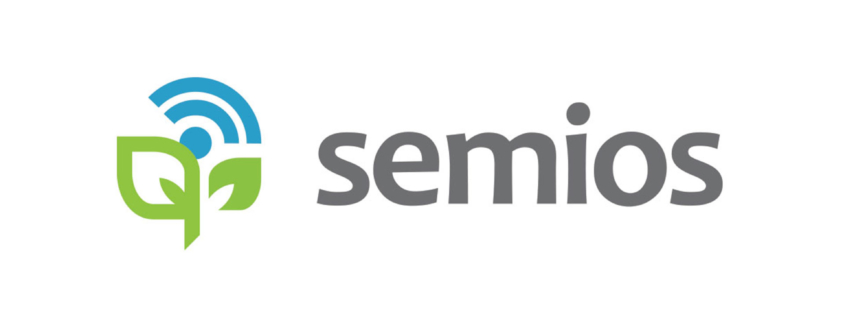
The Client
Semios is a platform designed to help growers identify and address problems involving insects, diseases, and other health issues in vining plants and trees that produce fruits and nuts. The platform leverages real-time data collected through on-site sensors to feed information into a predictive analytics system to keep growers ahead of emerging problems.
The Business Need
Semios did not have an existing software QA practice in place. With their web application already in development, they needed a partner to provide testing and project management support. Required tasks included:
- Test case creation
- Defect logging
- Test automation based on the created test cases
The Optimus Solution
Once the project started, resources were allocated for the creation and execution of the test cases. The Optimus QA team worked diligently to acquire the knowledge of the application needed to accurately assess the app’s operation in terms of both functionality and stability.
The Optimus QA team provided complete QA support by designing and implementing the QA strategy. Optimus created test cases for every application module for Android, iOS, and Windows. The test cases were uploaded to Testlink and executed. Defects were logged, and retests were conducted with JIRA. Execution results were collected and reports were made including the logging of detected defects. Identifying the defects with better analysis helped contribute to the application stability.
After understanding the domain and client’s requirement, the Optimus QA team suggested the combination of platforms and devices that should be covered to increase the quality and test coverage of the application. Optimus’s test automation framework was recommended and used to create scripts that were run on Microsoft’s Azure platform, which helped the client to minimize the effort required in the test cycle. In addition to test automation, the Optimus QA team executed the manual test cases on multiple platforms and environments to provide optimize test coverage.
Since Semios was developing its web app simultaneously, consistent daily communication throughout the process was vital. This ensured that the Optimus team was able to stay up to date on changes to the application as they were rolled out.
The technologies utilized in the process included:
- Test case creation and execution: Testlink
- Defect logging and project management: JIRA
- Automation: Java, TestNG and Selenium running in Test Automation Framework on Azure
- Source code management and version control: GitHub
The Result
- Shorter release cycles because of speedy and high-quality testing results.
- Maximum coverage of both positive and negative scenarios by employing Optimus’s Azure test automation framework.
- Better reporting on business-critical functionality due to the robust data collected across all the application modules.
- Improved application stability by identifying and analyzing defects
Contact Optimus to learn how we can help you with your QA needs.




